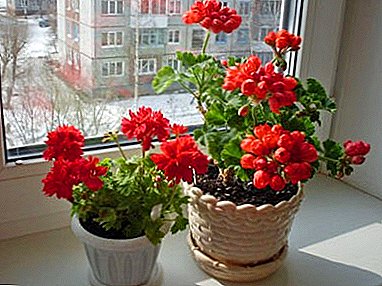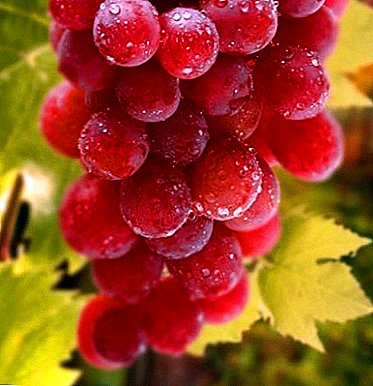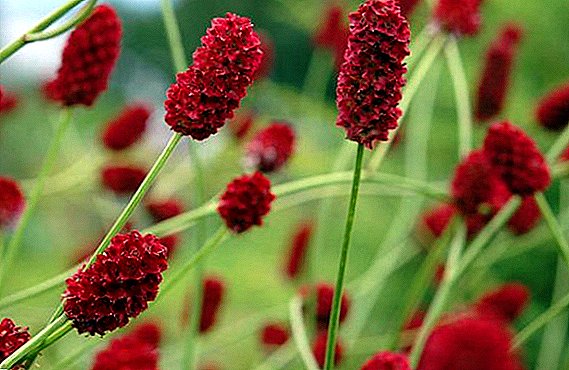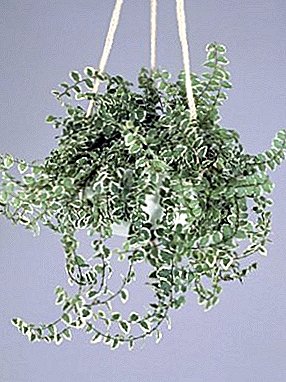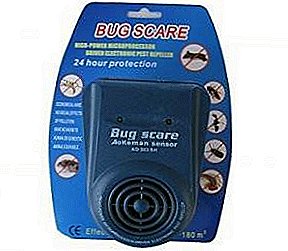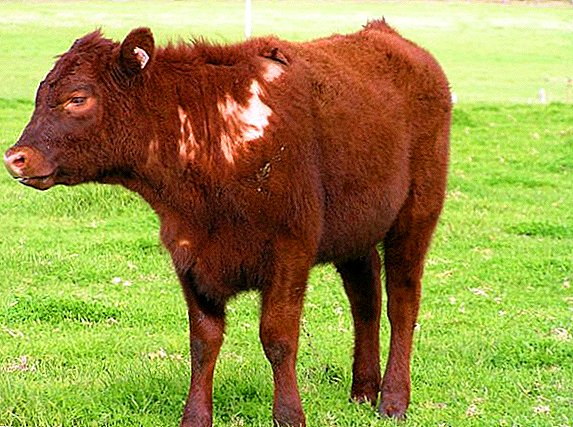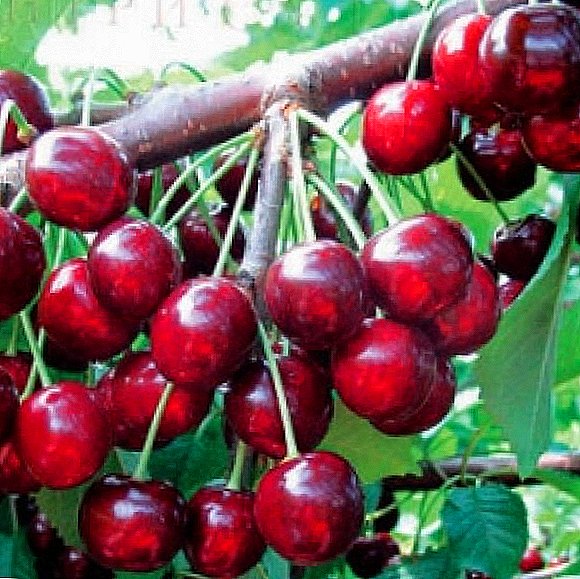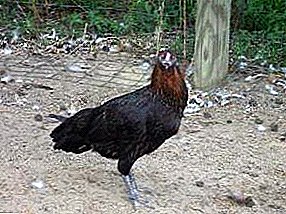
Chickens were the first birds tamed by man. From time immemorial, people use meat and eggs of chickens for food, and only about 4 thousand years ago in India they first began to grow fighting cocks.
Since then, the poultry industry has achieved significant success, and a large number of breeds have been bred for the necessary purposes, including for cockfighting. One of the successfully bred fighting breeds are Kubalai Hens.
The ancestors of the Kubalai chickens are the hens of Asian fighting breed of Philippine descent Manilos de Regla, introduced by the Spaniards to Cuba in the mid-nineteenth century.
There, they were crossed with Cuban and European breeds, as well as Malayan chickens with a pea crest.
The required selection characteristics were:
- drooping wide tail with thick plumage;
- powerful bent beak;
- warlike look.
Chickens Kubalaya were recognized as a national Cuban breed in 1935. This breed received worldwide distribution after being imported to the USA in 1939, and then from the American Kennel of V.Shmudda to Germany by F. Svist in 1983.
Breed description Kubalaya
 Kubalai chickens belong to the meat breed, as they quickly feed and gain mass. Growth and size of the bird is average. There are dwarf forms, but they are rarely used.
Kubalai chickens belong to the meat breed, as they quickly feed and gain mass. Growth and size of the bird is average. There are dwarf forms, but they are rarely used.
Distinctive external signs of roosters breed Kubalaya are:
- plumage of different colors, shiny, long, thick, tough;
- long and wide over the entire length of the body with a uniform development of muscle mass, broad shoulders and chest;
- body slightly tilted;
- the line between the nape and the tip of the tail forms a continuous straight line;
- the neck is long and powerful;
- on the neck, the plumage reaches the shoulders;
- chest and shoulders noticeably protrude;
- the back is long and wide, of the same size along the entire length;
- lush plumage in the lumbar spine;
- “lobster tail” (tail slightly convex and lowered 20 degrees relative to the horizontal line);
- tail long, with thick plumage, markedly splayed;
- tail length from base to tip is greater than the length of the body (from the base of the beak to the base of the tail);
- the side braids are lush and excessively long, dragging along the ground;
- abdomen elongated, relatively narrow;
- head low, but broad, with pronounced brow ridges;
- face with a slight reddish tint, smooth;
- the ridge is pea-shaped, three-row, it does not hang over the eyes;
- ridge height increases from front to back;
- earrings and auricles of very small size, red, smooth;
- beak powerful, but short, bent down, light shade;
- the eyes are small and deep set;
- eye color varies from red to red-brown;
- ankles long, powerful;
- legs are medium in length, pink in color, without plumage;
- very short spurs may be completely absent;
- fingers are long, splayed, pink.
 Pushkin striped motley breed of chickens immediately stands out among other birds due to its appearance.
Pushkin striped motley breed of chickens immediately stands out among other birds due to its appearance.If you want to know how electricity is heated in a private house, it will be enough to read it.
Invalid symptoms
Kubalaya breed gross errors include:
- torso horizontal, without tilt;
- torso of insufficient length or width;
- thin shoulders;
- low rack;
- tail raised at an angle;
- tail folded;
- tail plumage rare.
Bird coloring options
 Among the breeding birds of the Kubalaya breed, different plumage color can be found. However, the best option is the coloring, as close as possible to the wild.
Among the breeding birds of the Kubalaya breed, different plumage color can be found. However, the best option is the coloring, as close as possible to the wild.
For wild rooster coloring is peculiar:
- head is red;
- neck red-brown with possible stripes, turning into golden;
- front surface of the neck is black;
- the back and lumbar region are red-brown;
- chest and belly are black;
- tail black and greenish;
- ankles are black;
- down from black to red-brown;
- wings in different sections from red to black with a brown border;
- with folded wings, a characteristic red-brown triangle is visible.
Wild chicken color includes:
- head red-brown;
- neck red-brown, but darker shades than the head, stripes are possible;
- the front surface of the neck is the color of light cinnamon;
- back and lumbar cinnamon;
- cinnamon-colored chest and belly;
- the tail is black with a brown border or cinnamon color;
- the ankles are like the stomach;
- wings from red-brown to black in different sections;
- down is predominantly light gray.
Wrong color options
To gross errors include:
- the neck is the color of straw or soot in a rooster and golden in a hen;
- the absence of a characteristic triangle in a rooster with folded wings;
- White plumage is found in the wings and tail.
Merits
Among the advantages of the breed of chickens Kubalaya of primary importance are:

- good ability to adapt to changing climatic conditions, which allows them to be transported to almost all countries of the world;
- Roosters have pugnacious temper and great mobility, thanks to which they are used in battles;
- the nature of the birds is bold and obedient, which makes it easy to tame them;
- birds have good egg production and fertilization;
- Kubalai chickens have a developed incubation instinct.
Features
Chickens of the Kubalai breed are generally similar to roosters, with the exception of the usual sex differences. It is typical for them:
- smaller comb;
- the end of the ridge is more directed upwards;
- the line drawn along the back to the tail is not as smooth as that of the rooster;
- “lobster tail”, strongly splayed, lowered down, convex.
Content and breeding
For the development of a rich plumage on the tail of roosters and the promotion of bird health, the following recommendations should be followed: when choosing foods for feeding, give preference to protein-rich feed. And also young individuals often let out on lawns.
Specifications
 Main characteristics roosters breed Kubalaya following:
Main characteristics roosters breed Kubalaya following:
- live weight from 2 to 2.5 kg;
- flourishing occurs at the age of two or three years;
- puberty comes at the age of six to seven months;
- ring size - 4.
For chickens Kubalaya characteristic:
- live weight from 1.5 to 2 kg;
- eggshell white or cream color;
- the weight of one egg on average 50-55 g;
- egg production is one hundred to one hundred and twenty eggs;
- ring size - 5.
Where to buy in Russia?
In Russia, this breed of sports chickens is considered rare. Chickens Kubala grow only in Bird village - nursery located in the Yaroslavl region. Contact phone numbers: +7 (916) 795-66-55, +7 (905) 529-11-55.
Instead of Kubalai chickens, you can buy birds with similar characteristics, though not similar to them externally. Among them are breeds:
- Indian - have amazing endurance with medium or even dwarf sizes.
- Madagascar - have a good adaptation to weather conditions, as well as, despite the formidable appearance, an obedient character.
- Vietnamese - a breed that is used as both sports and meat. A distinctive feature are very large legs.
- Chamo and Koh Shamo - very hardy chickens of medium size, differ in almost vertical posture.
- Luttiher - chickens with a characteristic elongated posture and rather broad shoulders, very muscular.
 Brahma dark - one of the most versatile chickens. In Russia, they are loved for their unpretentious nature and fruitfulness.
Brahma dark - one of the most versatile chickens. In Russia, they are loved for their unpretentious nature and fruitfulness.Like any other breed, the Kubalai chickens have a number of advantages. However, all the positive qualities of this breed will manifest in full only with the right content and training. Only a well-groomed bird, healthy and physically strong, will be able to show the necessary results.



